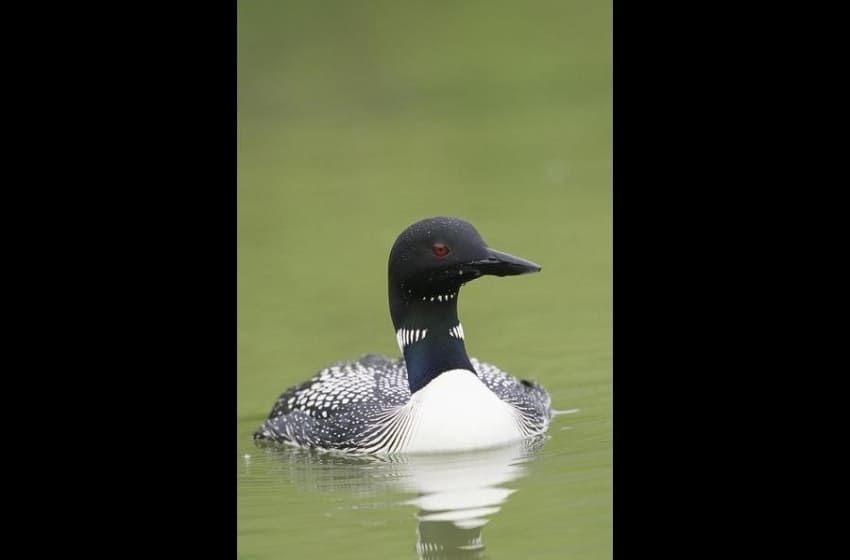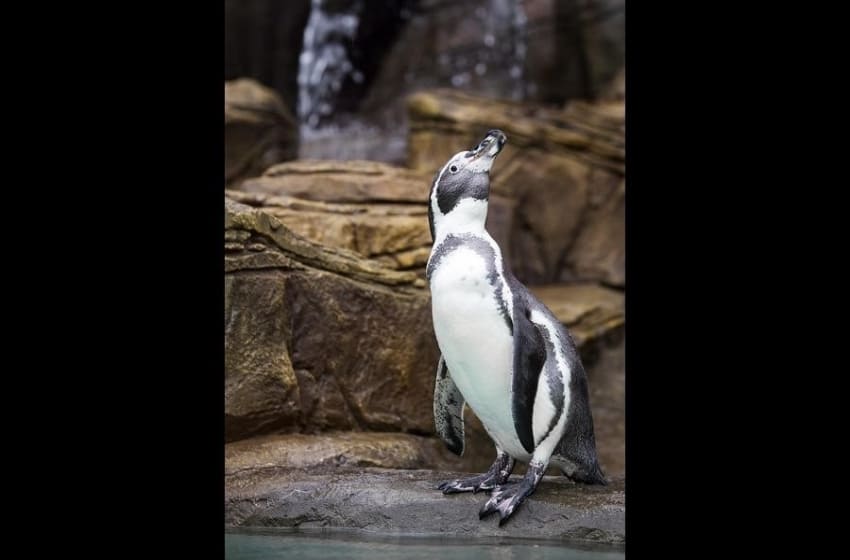
Riddles may date back thousands of years, but their power as a learning and entertaining tool has never grown old. To children, they are teasers that put their developing brains to work, while to public speakers, riddles are the best ice-breakers.
One of the most famous riddles is, “What animal has two feet but can’t walk?” Well, you might be surprised at the answers (yes, there are more than one). We’ll reveal them throughout this article. Read on to learn the funny joke nature has played on some very lovable animals. The trivia will make family game night more memorable!
What Animal Has Two Feet but Can’t Walk?
There are several answers to this joke, and they need a bit of creativity to grasp. Check out some of them!
- Snakes
Yes, some snakes have feet, or rather, remnants of feet, but they can’t use them for walking. It comes down to evolution. A couple of scientists found out that pythons have the “Sonic Hedgehog” gene. The gene is crucial for limb development, but it is usually in the “off” position due to mutation, preventing limbs from growing.
However, you may have noticed claws protruding from the pythons’ skin. That means that if snakes undergo another evolution that causes the gene to mutate in such a way that it stays on, then their feet will grow.
Some people believe snakes were once lizards, and in lizards, Sonic the Hedgehog lives on, allowing for limb development. Therefore, snakes will probably start crawling like lizards if their genes mutate accordingly. When that happens, we shall have to cancel snakes from the list of answers to the question, “What animal has two feet but can’t walk?”
- Bats
Have you ever seen a bat walking? You have likely seen it flying or hanging upside down. Besides being the only mammal that can fly, bats also have another unique feature – they have feet but cannot walk. Well, except for two species.
Bats’ front legs have special designs to help them fly, and the hind legs are especially useful for hanging, which is why their knees face backward. Should a bat fall, it will drag its body using the front limbs, so even if you spot one on the ground, it will be “walking” clumsily. After all, the fingers and forearms are so far apart that walking is impossible,
However, two species in New Zealand have a true walking gait – the burrowing bats and vampire bats. The two species have adapted to being on the ground, and although they can fly, they spend at least 40% of their time on land. Scientists believe that the adaptation has a lot to do with their habitat in New Zealand.
- Hummingbirds
Hummingbirds have set themselves apart as being the fastest animals on land relative to their body size. While flying is so effortless for the birds, walking is not, nor is hopping. Despite having three toes facing forward and another facing backward, as with most birds, hummingbirds have much shorter legs compared to their counterparts.
Truth be told, hummingbirds do not even have knees, and their legs are weak. Without knees, hopping also becomes impossible because there is no way to bounce.
The primary use for their feet is to perch on trees, make nests, fight off birds, and scratch off bugs. They also use their feet to shuffle slowly or scoot sideways while perched.
- Loons
These birds are known as the Great Northern Divers and with good reason. Loons are not only exceptional swimmers, but their ability to dive and catch fish is extraordinary.
They have webbed feet, and the legs are far back on their bodies, acting as propellers to enable pursuing prey under deep waters. Due to how far back their legs are, loons cannot walk on land. Should they find themselves on land, they have to use their bellies and chests to move.
Loons need to go on land to nest. While on the ground, they hop and scoot. Although the large webbed feet are suitable for being on water, that does not mean that they can walk on it.
They need a large water body to provide a surface area huge enough for take-off and landing. After landing, the loons slow down by skimming along the water on their bellies.
More Animals With Feet but Can’t Walk
It does not make sense for an animal to have feet yet not use them for walking. However, for some reason, nature has a way of questioning our understanding of how things should work. For instance, some animals have feet, yet they can’t walk. Instead, they have adapted to other means of moving around, be it on land, in air, or in water. Take a look at some more animals with feet but can’t walk.
- Kangaroo
Kangaroos have the right build to jump, not walk. That is why you will see the front limbs very short, unlike other four-legged creatures. The long hind legs enable them to jump as high as 30 feet, with the long tail facilitating balance.
The hopping movement is saltation, in which the kangaroos push both feet forward simultaneously during take-off. The tail helps the animal achieve balance to prevent falling since both feet are in the air at the same time.
The large tail and long hind legs are also heavy, making it difficult for kangaroos to walk. Although they do not walk or run, kangaroos can achieve a maximum speed of 70 kilometers per hour, though the average is 25 kilometers per hour.
The animal cannot even jump backward because the tail counterbalances the front-facing movement. However, many zoologists believe that extinct kangaroos walked on two legs, just like humans.
- Penguins
Just like loons, penguins have their feet set so far back on their bodies, making it difficult for them to walk on land. You might argue that you have seen them walk, but what you witness is waddling.
Allegedly, evolution also plays a huge role in their movement. Before the extinction of dinosaurs, penguins had a solid build and typical avian bodies.
With time, the birds preferred being in water where there was less competition for food. Thus, their bodies evolved. They became flightless, and their wing bones flattened and shortened to become flippers instead.
Their ankles became short and sturdy, while their breast bones developed into huge muscles.
All these changes resulted in penguins changing the way they moved, and they began to waddle. Their short legs and big feet cause penguins to rock from side to side as they try to move forward.
- Newborn Babies
Humans are animals, too, if you go by what science tells us or perhaps from mere observation. Scientists believe that we share a common ancestor with apes and other primates, which is why we have many similar features, such as bipedalism.
However, since we are talking about animals with feet but can’t walk, you might want to look at the first stages of your life. Humans have two legs at birth but don’t learn to walk on them until a year later. Newborn babies have to be supported until their spine is strong enough to enable them to sit, crawl, and eventually walk.
The ability to walk on two feet is essential to human life on the ground; after all, that is where we spend our lives. Even if we share a common ancestor with apes and chimpanzees, you will discover that their limbs also suit life on the trees; they have elongated, grasping big toes. In this way, human feet differ from all other primates since we do not have non-opposable big toes. Ours are aligned parallel with the other four digits.
Objects With Feet but Can’t Walk
Should you ever have to name something with feet but can’t walk, do not wrack your brain wondering what the answer is. There are many objects to choose from, and here are some of them.
- Yardstick
You have probably heard the phrase, “Never use another person’s yardstick to measure your success.” Have you ever wondered how long a yardstick is and how it all came about? A yardstick measures three feet, so it has feet but can’t use them for walking.
Yardsticks date back to the 14th century when Henry VII had brass rods produced as a standard measure. However, Elizabeth I also had her yardstick made, and hers was the preferred standard for being more accurate because it measured close to 36 inches or 3 feet.
Elizabeth’s yardstick was in use until 1824 when an even more accurate yardstick came about as an even more accurate measuring device. It was known as the Imperial Yard, introduced by the Imperial Measures Act. Although the meter was then adopted as an international standard due to how well one could break it into much smaller units, the yardstick has not lost its relevance, especially when measuring the length of big objects.
- Ladder
Incredibly, this object that we rarely pay attention to has been in existence for thousands of years. It is important for anyone who wants to reach high spots, which is why many refer to those who are ambitious in their careers as climbing the ladder of success.
A ladder is usually made in such a way that it has two long poles with steps between them. The long poles are what we refer to as feet. One ladder’s end leans on the surface you want to get to, and the other remains on the ground. Some ladders can be said to have four feet because they have two poles on either side to make them more stable. Whichever way a ladder looks like, it may have “feet,” but it can never walk.
- Chair
Whether in an office or an apartment, a chair is an essential piece of furniture. You will notice that it has four legs for stability and provide balance to the person using it, but it can never walk.
Historians attribute the origin of chairs to ancient Egypt, but the make has since evolved. While they consist of carved wood and may have expensive embellishments, today, you can still find a simple chair. No matter the number of times the chair has evolved, none is complete without the legs.
- Stool
Some stools have three legs, others four, and others two. Regardless of the number of legs, you will never see a stool walking.
- Table
A table is yet another piece of furniture that has legs but cannot walk. Tables come in all kinds of shapes and sizes, but the common denominator is they all have legs. 
Conclusion
So, now that you have so many answers to respond to the question, “What has two feet but can’t walk?” you have no excuse not to participate in the next round of jokes with your friends. Keep them on their toes with the different twists to the riddle, and watch them put their brains to work as they figure out what they may have left out. And to make the group burst out in laughter, tell them not to forget about a 24-inch snake!





